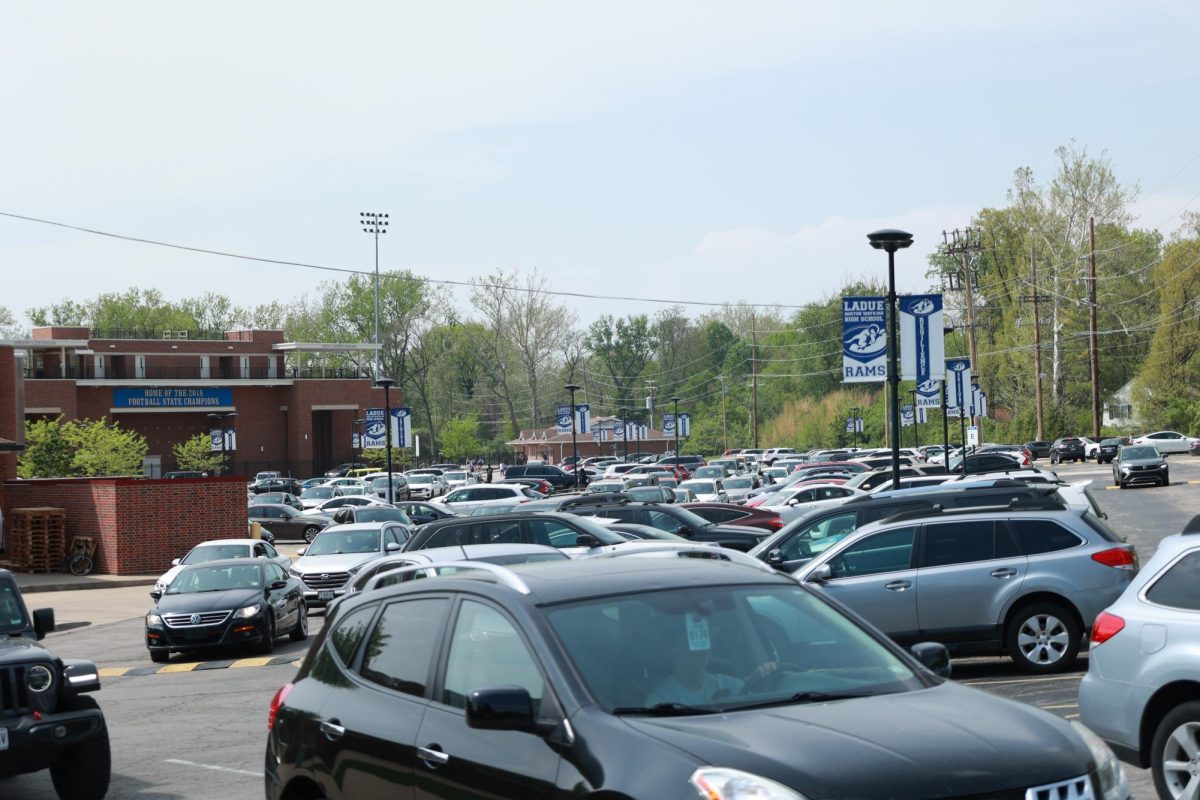If you’ve ever seen the numerous triple-decked mansions with front yards as large as soccer fields on the way to school, you probably know that the city of Ladue is rich. Like, really rich. But what you probably don’t know is that due to the high and rising housing costs, this city has indirectly displaced the economically disadvantaged, reduced its racial diversity and due to rising home prices, become millionaire-exclusive. Reforms to zoning laws, which govern how our land is used, could prevent further separation of economic class and the exclusion of minority demographics.
In a developing America, zoning laws determined the size, parking space, appearance, sidewalk measurements and number of amenities of buildings, dividing cities into residential, commercial, industrial and agricultural zones. They prevented incompatible buildings from being grouped together, limited building size and organized and preserved natural resources, neighborhoods and recreational areas. But for decades, these laws have been outdated, unchanged and car- dependent, consequently struggling with making population-dense cities efficient.
In most cities, the residential zone is split 75-to-25 between two sectors: single-family and multi-family housing. For single-family housing, each home has a mandatory minimum lot size with no maximum, which means that only one family can live in a space that could host four. This low-density housing increases property values and separates lower- income from higher-income populations. For example, if a neighborhood sells single-family homes in a location with close access to a strong job market, school and convenience stores, more people would want to live there, increasing demand. Prices will then rise, leaving wealthier buyers able to afford these homes and poorer buyers with homes that have second-rate access to jobs, stores and schools. Single-family zoning laws increase the exclusivity of housing by reducing the number of homes that can be in one area. This can displace poorer established communities through gentrification, which is the political and economic shift of an urban area due to wealthier people moving in.
Additionally, one of the reasons zoning laws were implemented was because of the support for class and racial segregation. For instance, it was only 1948 when the landmark Supreme Court case Shelley v. Kraemer outlawed racial covenants, which restricted racial minorities from moving into certain neighborhoods. Nowadays, these age-old laws have support from wealthy landowners, whose interests lie in the rise of real estate values.
But as Generation Z is entering the workforce battling high costs of living, student debt, job competition and inflation, they become a part of the majority of Americans who live paycheck to paycheck. So, buying a home has become increasingly more difficult.
Despite being infamous for the racial and economic segregation of the Delmar Divide, St. Louis has yet to reform its zoning laws. By addressing the power these laws have on our city, policymakers can take the necessary first step in working towards making housing affordable and rid our title of being one of America’s most segregated cities.








